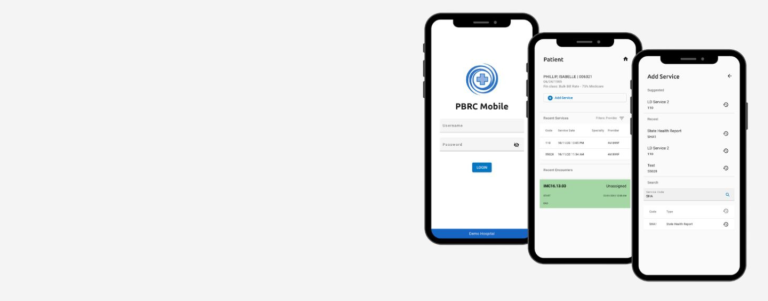It’s easy to stick with what you know, particularly when it comes to technology. In the healthcare sector, fax machines remain a popular means of communication. As reliable as they are, their lack of security can compromise patient privacy and pose a risk to your organisation.
All healthcare professionals have a responsibility to help patients move through the system safely and with ease, yet stories of privacy breaches and the delayed notification of important information continue to make headlines.
Implementing a secure messaging solution for the safe and reliable transfer of medical records is a sensible way to exercise due diligence and help protect your organisation from falling into disrepute; so why isn’t it the norm?
From paper to digital, the smart shift
Until now, healthcare professionals have experienced a number of pain points in the move toward digital modes of communication, contributing to an inertia across the industry.
Foremost among these is interoperability: an issue where applications are not configured for cross platform communication — it’s like having two people who can’t call one another because their phones operate on different networks.
However, there has been significant work going on behind the scenes to unify messaging standards across the Australian healthcare sector and a move to a secure messaging solution has never been more feasible, for healthcare providers of all sizes.
In 2018, the Australian Digital Health Agency (ADHA) worked with industry to implement Fast Healthcare Interoperability Resources (FHIR) standards to address interoperability across platforms and devices.
In essence, FHIR (pronounced “fire”) is a standardised language used by health IT vendors, designed to remove the barriers that are created when trying to communicate between platforms, thus opening the opportunity for the smooth exchange of health information.
Tania Oldaker, General Manager of Telstra eHealth Solutions explains, “When electronic information is passed around efficiently, patients progress through the healthcare system more quickly and are treated more effectively. At the same time, the amount of paper-based records being used is greatly diminished, reducing the potential for confusion and inefficiency.”
In the case of secure messaging, FHIR has been used specifically in the area of addressing, enabling messaging vendors to find a recipient that exists outside their own network. Once the recipient has been located and their end point information known, healthcare providers can begin to easily exchange correspondence electronically. This can include discharge summaries, admission notifications, transfer notifications, death notifications, emergency department summaries and more.
With a growing and ageing population placing increased strain on the healthcare system, secure messaging and the safe and reliable transfer of information has never been more essential for clinicians and patients alike.
“Secure messaging is a logical solution for healthcare organisations looking to uphold the standards of professionalism the public expects,” Tania said.
Telstra Health FHIRs up secure messaging solution at The Royal Melbourne Hospital
Telstra Health recently took part in a proof of concept trial at The Royal Melbourne Hospital applying the FHIR standards. A Telstra Health-led consortium successfully tested the delivery of discharge summaries from The Royal Melbourne Hospital to GPs in the area.
The trial incorporated multiple messaging vendors, including allied health clinical software vendor coreplus, medical specialist software vendor Genie Solutions and general practice software vendor Zedmed, along with secure messaging vendors Global Health (ReferralNet) and HealthLink.
The trial also tested the delivery of different types of messages, including HL7 v2.4 and CDA and the APIs ability to search other vendors’ provider directories.
The success of The Royal Melbourne Hospital trial is an encouraging indication that secure and interoperable messaging could soon be a widespread reality in our healthcare system, allowing us to ditch the fax machines and be all the better for it.

 Visit
Visit 










